 New York City is one of the major locations in the African Diaspora. In addition to having the largest Black population of any city in the United States (at well over 2 million people, totaling over a quarter of the city's residents), it also boasts of one of the most diverse African and African-descended populaces as well, with large enclaves of Black natives of North and sub-Saharan Africa, the Caribbean and Latin America, Europe, and South Asia. It's therefore fitting that the city hosts a huge, annual African Diaspora Film Festival, which this year runs from November 25 through December 9, 2005.
New York City is one of the major locations in the African Diaspora. In addition to having the largest Black population of any city in the United States (at well over 2 million people, totaling over a quarter of the city's residents), it also boasts of one of the most diverse African and African-descended populaces as well, with large enclaves of Black natives of North and sub-Saharan Africa, the Caribbean and Latin America, Europe, and South Asia. It's therefore fitting that the city hosts a huge, annual African Diaspora Film Festival, which this year runs from November 25 through December 9, 2005.The NYADFF's 13th version opened on Friday with writer Nelson George's documentary Smart People (2005, 50 min.), a work exploring some of the major popular Black thinkers of the 1980s, which was based on his recent prose collection Post-Soul Nation. Among the other 80 films (from the US, Canada, France, Venezuela, Haiti, Senegal, Egypt, etc.), highlights include tonight's Just Between Us (2005, doc., 73 min., Ken Jackson, dir.), a documentary on historical and contemporary American Black LBG(T?) communities; the British film Red Dust (2004, feature, 83 min., Tom Hooper, dir., pictured above), a drama starring two-time Oscar winner Hillary Swank and sexy Brit Chiwetel Ejiofor (Dirty Pretty Things) that addresses racial and political reconciliation in South Africa; Brazilian-Spanish documentary
 The Miracle of Candeal (2005, 133 min., Fernando Trueba, dir., in Portuguese w/ English subtitles, photo at right), which convenes one of Salvador da Bahia's major musical figures, Carlinhos Brown, with Afro-Cuban musican Bebo Valdes; and the Algerian drama El Manara (2004, 93 min., Belkacem Hadjadj, dir., in Algerian w/ English subtitles), which examines the rise and violent repression of fundamentalism in that country during the 1980s. Older films to be screened include Ousmane Sembene's beautiful study in French colonial history and African courage, The Camp at Thiaroye (1987), which I saw years ago at a National Black Arts Festival in Atlanta, and Briton Anthony Harvey's 1966 version of Amiri Baraka's landmark drama, The Dutchman. (Red alert: One film to skip altogether is Geraldo Santos Pereira's absolutely dreadful biopic of Brazil's greatest Baroque sculptor, Aleijadinho: Passion, Glory and Torment. It is so bad it will make your head explode!)
The Miracle of Candeal (2005, 133 min., Fernando Trueba, dir., in Portuguese w/ English subtitles, photo at right), which convenes one of Salvador da Bahia's major musical figures, Carlinhos Brown, with Afro-Cuban musican Bebo Valdes; and the Algerian drama El Manara (2004, 93 min., Belkacem Hadjadj, dir., in Algerian w/ English subtitles), which examines the rise and violent repression of fundamentalism in that country during the 1980s. Older films to be screened include Ousmane Sembene's beautiful study in French colonial history and African courage, The Camp at Thiaroye (1987), which I saw years ago at a National Black Arts Festival in Atlanta, and Briton Anthony Harvey's 1966 version of Amiri Baraka's landmark drama, The Dutchman. (Red alert: One film to skip altogether is Geraldo Santos Pereira's absolutely dreadful biopic of Brazil's greatest Baroque sculptor, Aleijadinho: Passion, Glory and Torment. It is so bad it will make your head explode!)In addition to the films, there will be major panel discussions as well, on multiracial Quebec cinema, independent African cinema, and translating written work to the screen. The film and panel venues include the Anthology Film Archives in the East Village, the French Institute's Florence Gould Hall in Midtown, the Clearview 62nd Street Theater, and two Harlem sites, the Schomburg Center for Research in Black Culture and Teachers College, Columbia University.
* * *
 Bernie posted about the New-York Historical Society's Slavery in New York exhibit a while ago, but I recommend reading today's New York Times article, "The Anger and Shock of a City's Slave Past," by Felicia R. Lee (one of my favorite NYT reporters), on visitors' responses to the exhibit. The archive and museum created a booth to record attendees' reactions to what they'd seen, and, Lee reports, what's come through is often "awkward," raw, but as truthful, perhaps more so, than so much of what passes for contemporary national or local discourse on race. (Some of this videotaped testimony also will be utilized by the museum for "visitor reaction" monitors now in three galleries.)
Bernie posted about the New-York Historical Society's Slavery in New York exhibit a while ago, but I recommend reading today's New York Times article, "The Anger and Shock of a City's Slave Past," by Felicia R. Lee (one of my favorite NYT reporters), on visitors' responses to the exhibit. The archive and museum created a booth to record attendees' reactions to what they'd seen, and, Lee reports, what's come through is often "awkward," raw, but as truthful, perhaps more so, than so much of what passes for contemporary national or local discourse on race. (Some of this videotaped testimony also will be utilized by the museum for "visitor reaction" monitors now in three galleries.)Although I always take it as a given that most Americans realize slavery existed not only in the South, but in all the northeastern states as well, and as far west as Utah, Nevada and California (which entered the Union as a free state only after some wrangling in 1850), and thus colors every aspect of American history, from the viewers' responses, many were unaware that New York City itself, established in 1620, had the largest enslaved population in the north, and didn't abolish slavery until 1827 (officially), leaving it the second-to-last north of Pennsylvania to do so. In fact, when New York was the first national capital, in 1789, slavery was still legal in its boundaries (and would later be legal in the third and lasting capital of Washington). As the exhibit and article note, Black slaves built the "wall" at Wall Street (which is one reason that Black skeletons were found at the African Burial Ground near that iconic, most historical part of Manhattan), as well as the first City Hall. A number of recent New York histories also note that the earliest settlers of Greenwich Village were Blacks (who'd been brought during the flight of Dutch Christians and Jews from Dutch settlements that fell to the Portuguese in Brazil in the 164os), and that portions of what became New York's crown jewel of a green space, Olmsted's Central Park, had once been historic Black neighborhoods. In fact, Blacks lived in all five boroughs of New York from the Revolutionary period on.
Yet a number of the viewers were aware of New York's slave history, which helped to make it preeminent in the early Republic, and wanted a stronger approach. Several made the links between the historical disenfranchisement and profit off Black people and the city's (and country's) ongoing racial problems. And one viewer, a Slovakian-American artist from Chicago, experienced an aperçu:
She watched two African-American children playing in the museum, and it dawned on her that in another time they would have been slaves. "They had no choice," she said. "They had no power."
And after learning that at one time 20 percent of New Yorkers were enslaved, the artist said, she went to the lobby of the grand Historical Society building and began imagining the past. "I'd look around and look around," she said, "and one in five people would be a slave."
This is knowledge we must possess and start from in order to understand the present. The exhibit runs until March 5, 2006.



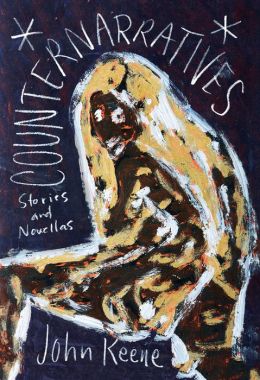
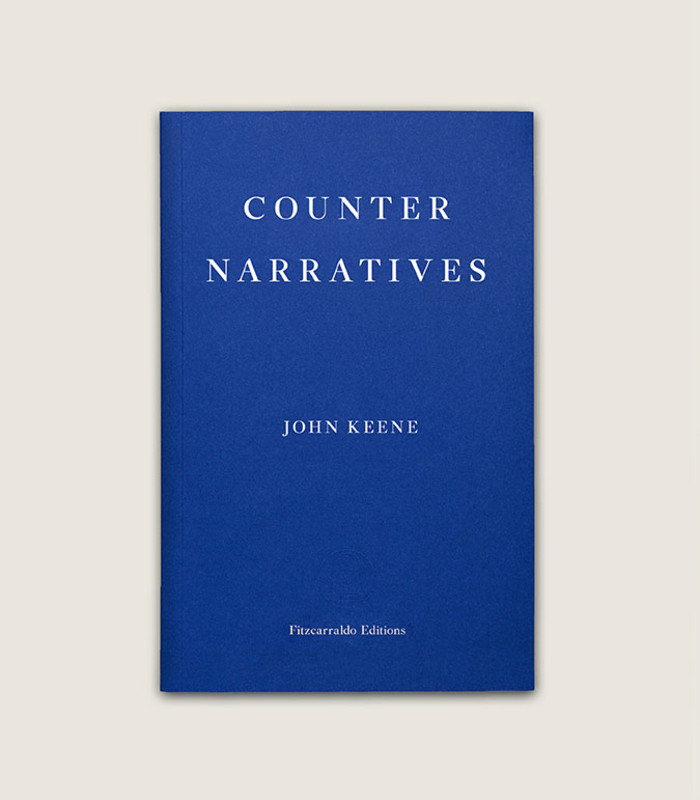
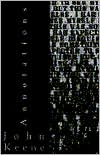
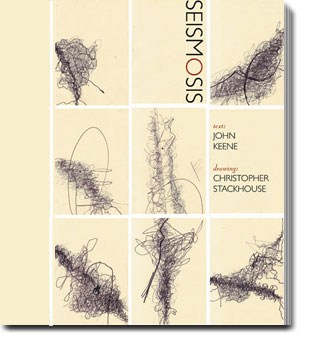
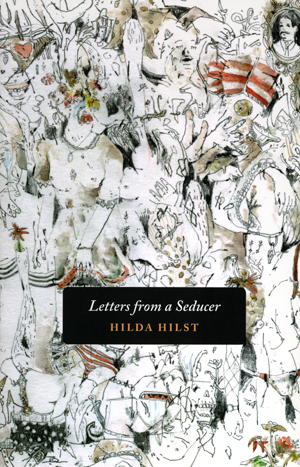

the film festival: am going to a few of the films--will put up a review of Manderlay (Lars von Trier's latest with Danny Glover..i think it's part of the Dogville trilogy..i.e. films which are harsh comments about American society by von Trier) next weekend...
ReplyDeleteand am planning to go to the slave exhibit in the next month or so...
This comment has been removed by a blog administrator.
ReplyDeletegreat post John. I was thrilled to hear about the festival coming to New York; I had planned on blogging about it. There are definitely some works I'll be checking out.
ReplyDelete